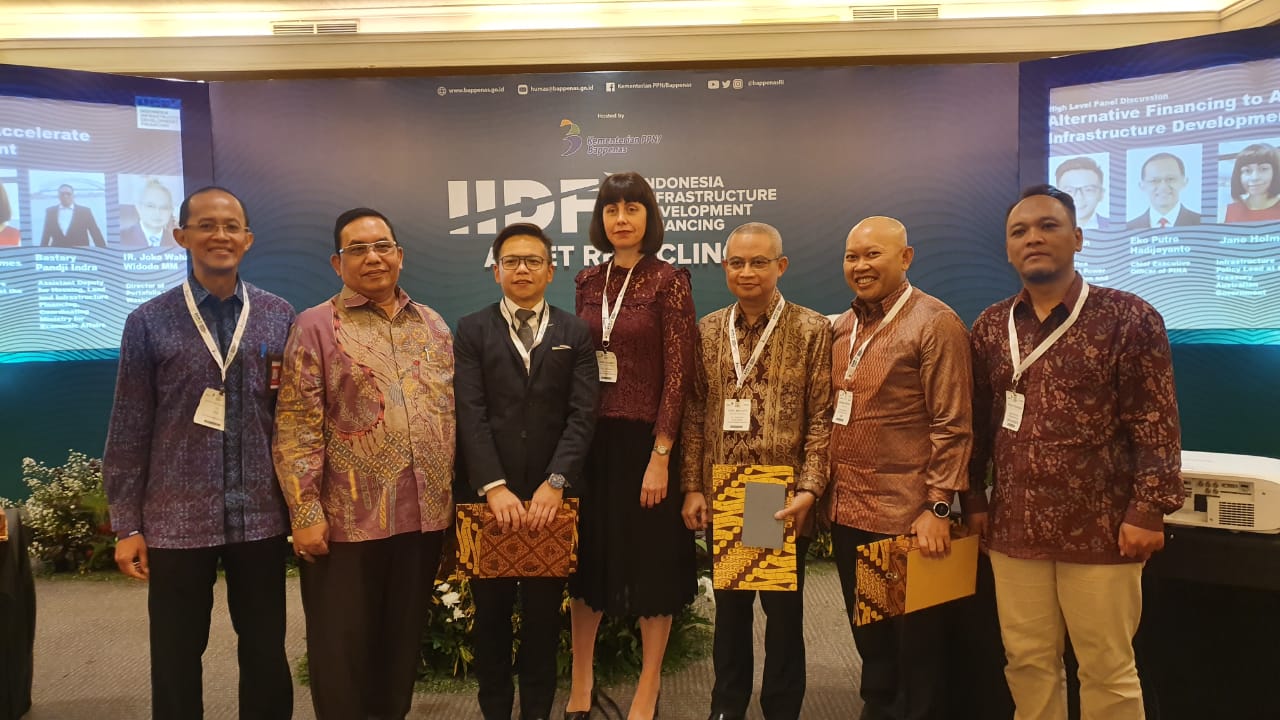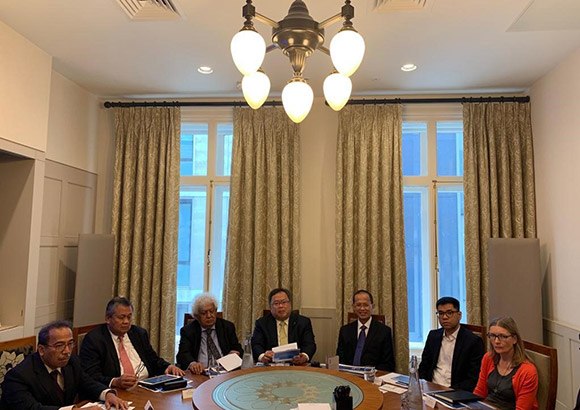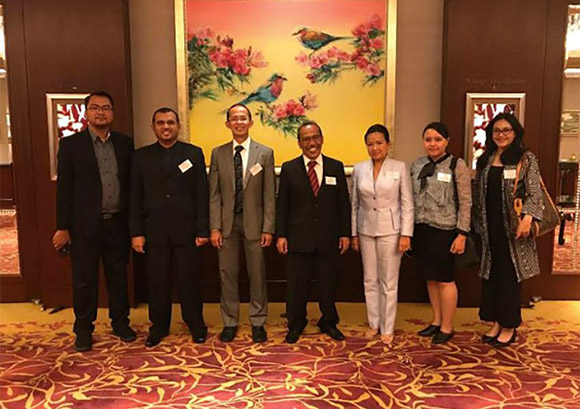
Jakarta – National Development Planning Agency (Bappenas) is targeting to source the funding of infrastructure projects under the Non-State Budget Investment Financing (PINA) scheme from countries in three regions, namely North America, Europe and Australia.
This becomes part of the government’s effort to push for 10 infrastructure projects, with a total investment of Rp 200 trillion, to get PINA-schemed financing in this year. Meanwhile, for next year, the amount is expected to double, or about Rp 400 trillion for 20 PINA projects.
“The countries in those three regions have long-term funds that can potentially be utilized to finance infrastructure projects currently spurred by the gopvernment,” said Minister of National Development Planning (PPN)/Head of Bappenas, Bambang Brojonegoro, in Jakarta, Tuesday (5 September).
Bambang said that China, which currently has substantial funds, is instead not included as a target country for overseas equity financing. PINA is in process to be primarily equity financing; the main targets do not include Chin. The targets are more to North America, Europe and Australia. China is perhaps more directed as FDI, so it is direct investment in infrastructure,” he said.
PINA has become an important alternative scheme of financing, and an instrument that can prove beneficial to both the government and investors. The PINA scheme offers the potential investment comprising 20 – 30 percent equity financing, and 70 – 80 percent project loans, as well as infrastructure bonds.
As reported by Antara, the PINA scheme allows the government not to use State Budget (APBN) and local government budget (APBD) funding for undertaking infrastructure projects.
The presence of PINA aims at supporting the involvement of the private sector as investors in infrastructure development. The [large] amount of funding requirement in infrastructure has prompted the government to seek the involvement of private sector parties as equity investors.
Bappenas states that, in the future, the PINA scheme will continue to be encouraged because its potential is very large to speed up infrastructure development in an equitable manner throughout Indonesia.
Still limited
Bambang Brodjonegoro then assessed that the variation of investment instruments for financing infrastructure with the PINA scheme is still relatively limited.
“With PINA, the constraint so far pertains to just the variation of its instruments. In fact, if the investor would straight away take the equity form, there is no problem. However, if they want to do it through an instrument, the available instruments are still quite limited. This is because we still rely on limited participation mutual fund (RDPT) and perpetuity bonds,” said Bambang.
The schemes of PINA and government’s cooperation with business entities (KPBU) are indeed expected to become solutions to address the large funding requirement of national infrastructure projects, through the involvement of the private sector.
Several new instruments for the acceleration of infrastructure projects and as part of creating financing [innovations] are the infrastructure RDPT, perpetuity notes, IDR global bonds and infrastructure project bonds. Perpetuity notes is a security issued without any repayment period set and its coupon payment is conducted periodically forever, so that the funds invested can be used to strengthen the company’s long-term equity for undertaking infrastructure projects.
According to Bambang, the financing of infrastructure projects with the PINA scheme can be boosted if there is certainty regarding the instruments and also if partnership with strategic investors can be had.
“With PINA, it is very possible for acceleration to be pursued. First, the instruments should really be tidied up, including with the Financial Services Authority (OJK). Second, partnership with strategic investors should be sought, both domestic and foreign. So, with these two things carried out, I am sure everything can move quickly,” said Bambang.
He added that all the things related to regulations, particularly in terms of creative financing, should indeed be clear. This is because this matter will be the first that investors will check, prior to signing up in the financing. With regard to regulations on financing investment instruments, the domain is not with the government alone, but also with OJK, so that synergy is called for. (ks)






